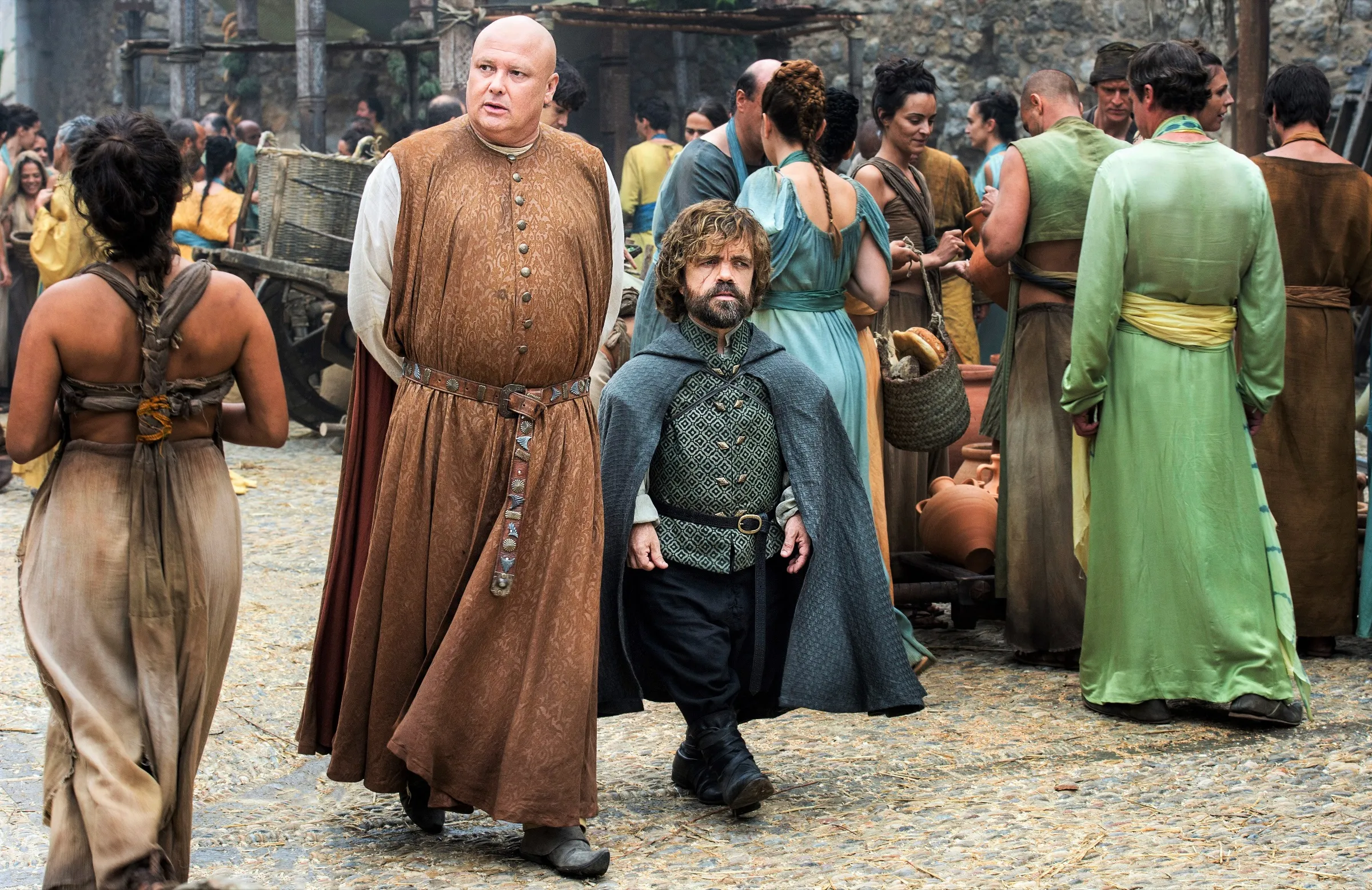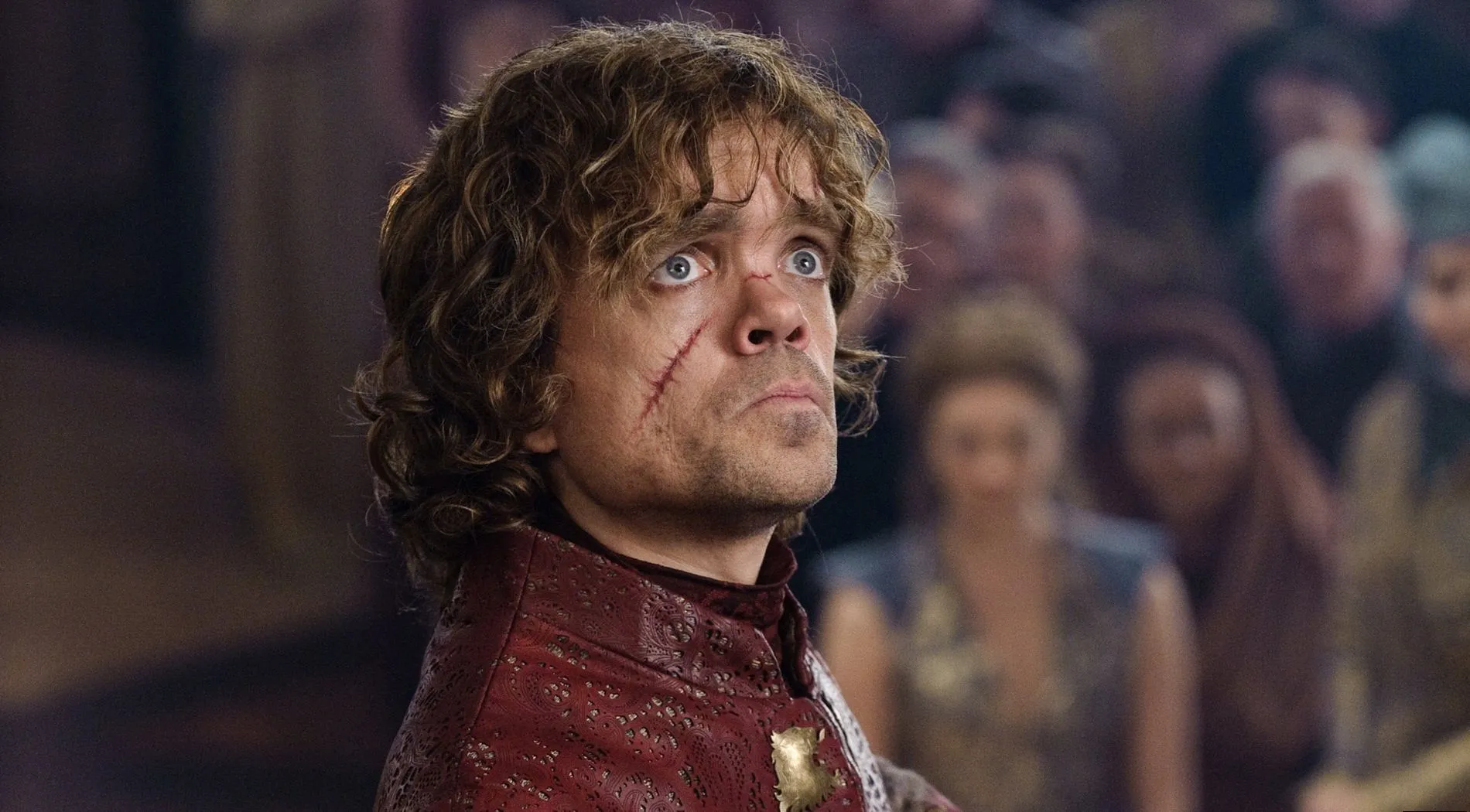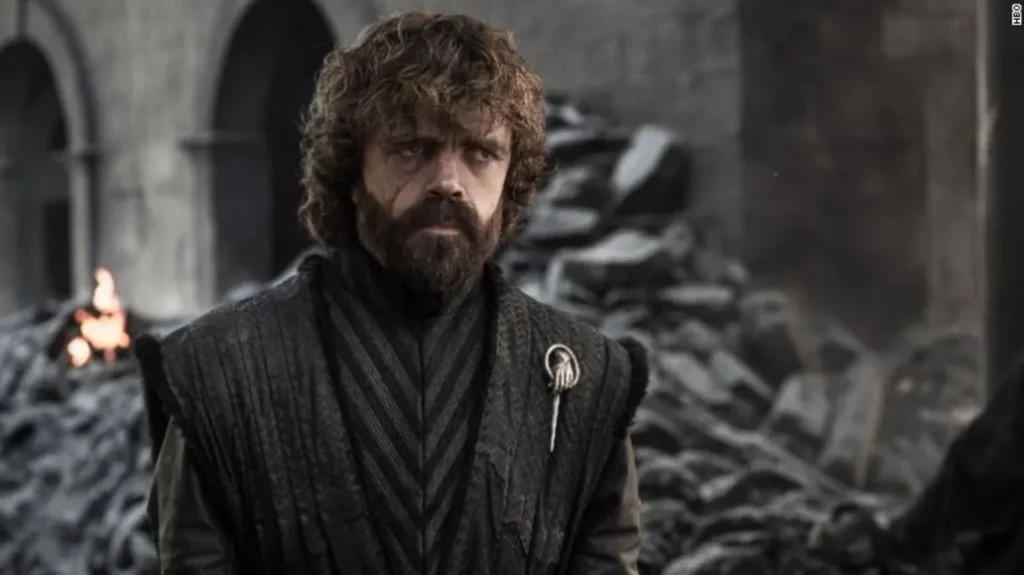When adapting a complex and beloved book series like George R.R. Martin’s A Song of Ice and Fire into a television series, some sacrifices are necessary. One of the most financially impactful choices made in HBO’s Game of Thrones was altering Tyrion Lannister’s severe facial injury. In the novels, Tyrion loses his nose in a brutal combat during the Battle of the Blackwater, an injury that would have required costly CGI to replicate faithfully throughout the series. However, the adaptation chose a different path.

Peter Dinklage, who portrayed Tyrion, was instead given a significant but less gruesome scar. This decision alone saved the production millions of dollars. Martin himself commented on the change, noting the impracticality of using CGI for such a persistent feature: “Actually cutting off Peter Dinklage’s nose was prohibited by the Actor’s Guild…and that was just way too expensive.”
This subtle yet effective change was not only a nod to practicality but also allowed the show to allocate its substantial budget to more visually spectacular scenes and elements.
Balancing Authenticity with Practicality
Game of Thrones is renowned for its ambitious scale, from sprawling battle scenes to the detailed creation of fantastical creatures like dragons. Yet, maintaining this spectacle required strategic budget management, particularly in how certain elements from the books were adapted.
Simplifying the Supernatural
The White Walkers, enigmatic and deadly creatures in Martin’s saga, were another area where visual adaptations were adjusted for practicality. Originally described as wearing reflective, ice-like armor, the series opted for a more subdued design. This choice reduced the complexity and cost of their depiction and focused on their menacing presence rather than intricate details.

The Direwolves’ Diminished Role
The direwolves, integral to the Stark family in the novels, also saw a reduction in their screen presence. While initially significant, the direwolves’ size and the frequency of their appearances were scaled back. This was particularly noticeable with Ghost, Jon Snow’s direwolf, who became a fan favorite despite his limited screen time in later seasons.
Economic Storytelling
The series also cleverly economized large-scale battles. For example, in the Battle of the Green Fork, rather than showcasing the battle itself, the show portrays Tyrion being knocked unconscious before the action begins—a creative way to manage budget constraints while maintaining narrative flow.
The Payoff of Pragmatic Changes
These cost-saving measures were not just about cutting corners; they were strategic decisions that enabled the series to divert resources to pivotal moments like the Battle of the Bastards and the awe-inspiring dragon sequences. These scenes were not only crucial for the narrative but also became iconic moments in television history, partly due to the impressive visual effects that the saved funds helped facilitate.
Game of Thrones may have deviated from the exact details of its source material, but these deviations were key to its ability to deliver a visually stunning and narratively rich adaptation that captivated a global audience. By balancing the practical with the fantastical, the series managed to bring Westeros to life in a way that few other series have managed, solidifying its place as a monumental achievement in television history.

